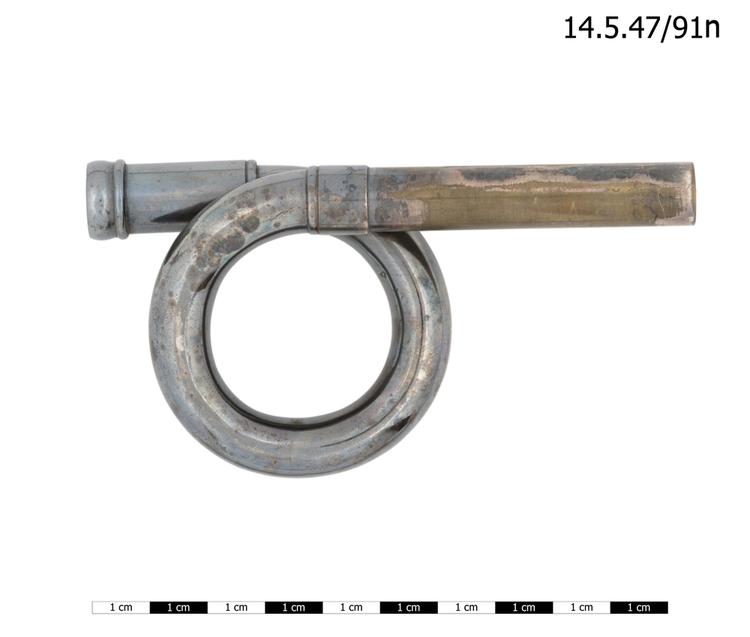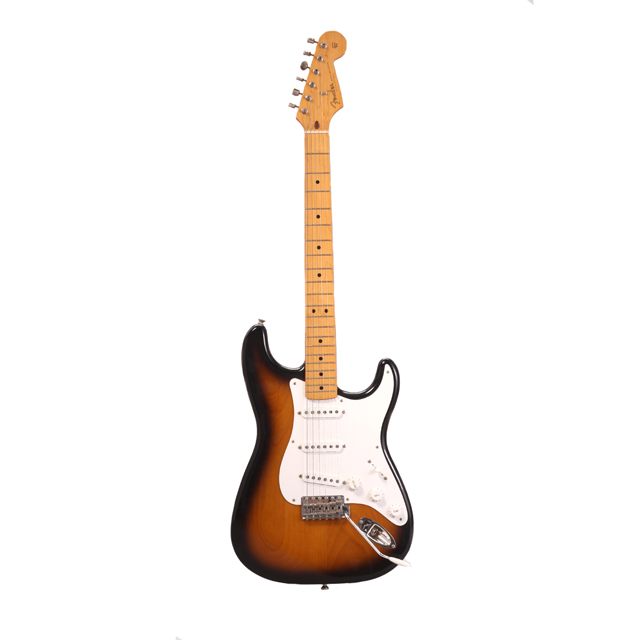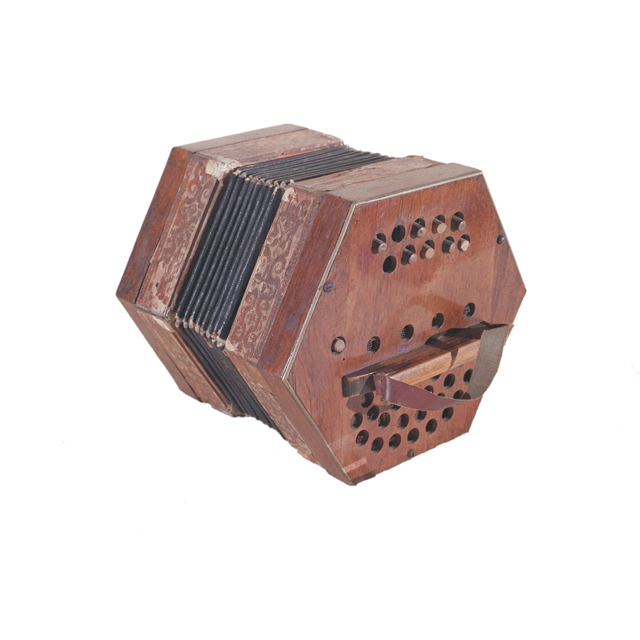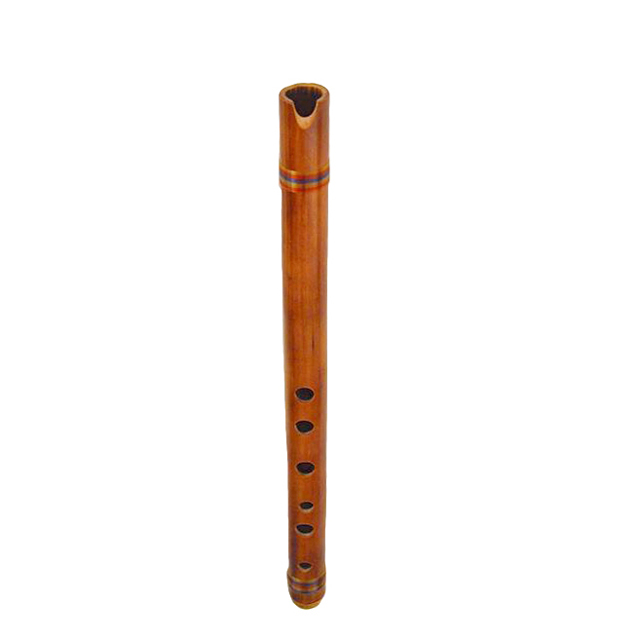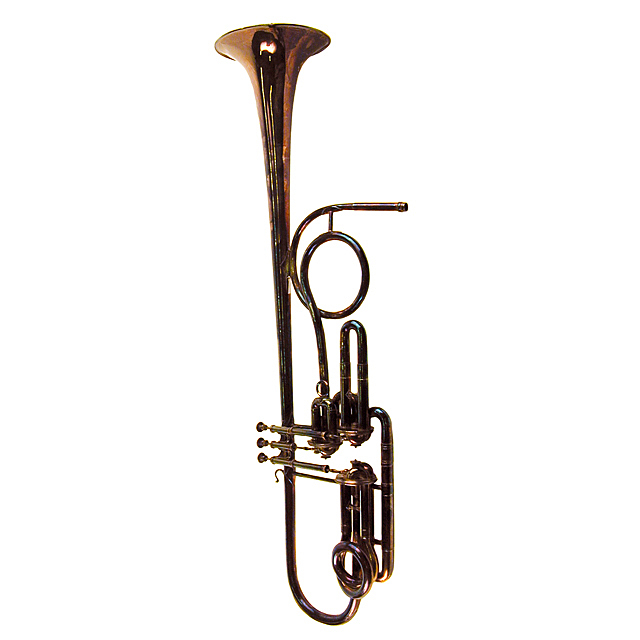

Clavicor, with three Shaw disc valves. Kohler and Pace were manufacturing clavicors in the 1840s and 50s. Parts for the instrument were included in brass band journals of the 1850s. It was supplanted by the E-flat tenor horn. Originally referred to by its maker as the 'patent lever clavicor'
The clavicor was invented in H. Danays in Paris in 1837. The original French design employed three Stölzel piston valves, which were replaced on Köhler's 'Patent Lever Clavicor' with Shaw disc valves. Shaw's valve design was intended to solve the perceived problem of sharp angles in the tubing, although today this is not considered to be a significant issue in the functioning of brass instruments. Nevertheless, Shaw valves were initially popular, and following an agreement between John Shaw himself and the Köhler company, a range of brass instruments were produced using this system. Their main disadvantage was the need for regular maintenance, without which they leaked air around the edges.



